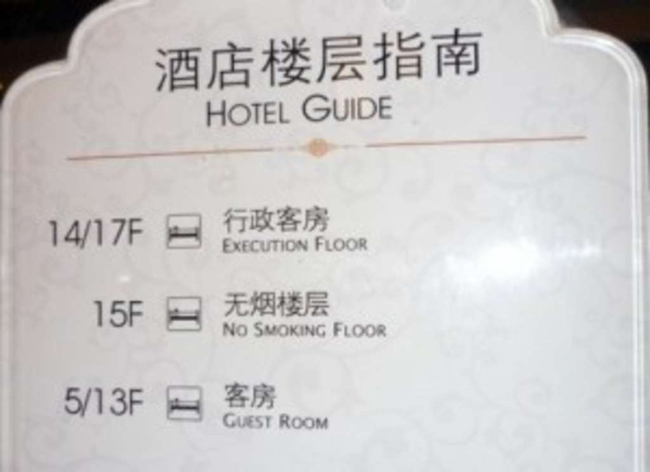
By Evelyne Oreskovich
As we wrap up vacation season, I reflect on the in-room materials that so often catch our eye. In particular, the poorly translated materials, which have been done either by a non-native speaker or an automated system. Don't get me wrong, google translate is great, I use it from time to time. But it doesn't get the nuances of languages and often the essence of the phrases are lost in translation.
We routinely hear phrases like "the world is smaller today" and "we live in a global village". But these phrases really mean something different and personal to us in the travel industry. Our day to day lives are all about the differences and similarities reflected in this "village".
Working in a global industry is very enlightening. Travel is a particularly special vertical as we are exposed to different cultures, languages, cuisines and perceptions in our everyday lives. I've been fortunate enough to work for US, Asian and European companies and on 2 continents. I've learned firsthand that even though we may look alike and speak (seemingly) the same language, we may not think alike and may perceive the same situation very differently. And that's just the tip of the iceberg!
One very simple, at first glance, area that we all should spend a bit more time with is translations. Many of us feel that because we are "fluent" in a language, we are suited to do translations of in-room documentation, menus, signs, etc. There are also a growing number of companies and programs "specializing" in translations. But sadly, many of these don't quite do the trick.
How can this be? Translations should be rather straightforward, no? There's an old saying that the US and England are 2 countries separated by a common language. This can be seen not only in the pronunciations but also in spellings (color – colour), the same words having different meanings, or different words for the same thing. Just a few examples include eraser vs. rubber, sweater vs. jumper, flat vs. apartment, cash-point vs. ATM, biscuit vs. cookie.
These can be minor and sometimes amusing discoveries that we joke about because we supposedly speak the same language… however, while I speak properly (most of the time) I certainly do not speak the "Queen's English". There are similar issues when comparing French vs. Québécois or Spanish vs. Mexican vs. Cuban vs. Argentinean, etc.
The situation gets even more complicated when we translate between languages. Not only are we required to translate the words, but we must make them culturally relevant. A direct translation will convert "hot dog" to "chien chaud", leading someone to think you are serving dog meat (this really happened to a French friend of mine in Canada). Understanding and translating the context, not just the words, can be critical in not only avoiding a funny situation but in accidentally insulting or repelling your guest.
And of course the translation issues aren't unique to the travel industry. Indeed, some of the most hilarious translation failures are in retail environments. I can't tell you how many times I have run into badly translated phrases in my travels around the world. I remember seeing a sign at a merchant's shop in Istanbul saying "Sorry We're Open". There are websites dedicated to bad translations! Do you really want to end up on www.engrish.com, or www.funnysigns.net?
With the unique position of our industry, and with all the professional services available, there is really no excuse for bad translation these days. Translation services should be included in everyone's content management plan and budget. It is true that these services can be expensive. So you may opt to do it yourself – but if you do, we highly recommend that you engage someone (a native speaking consultant or colleague) to review and correct it before publishing.



